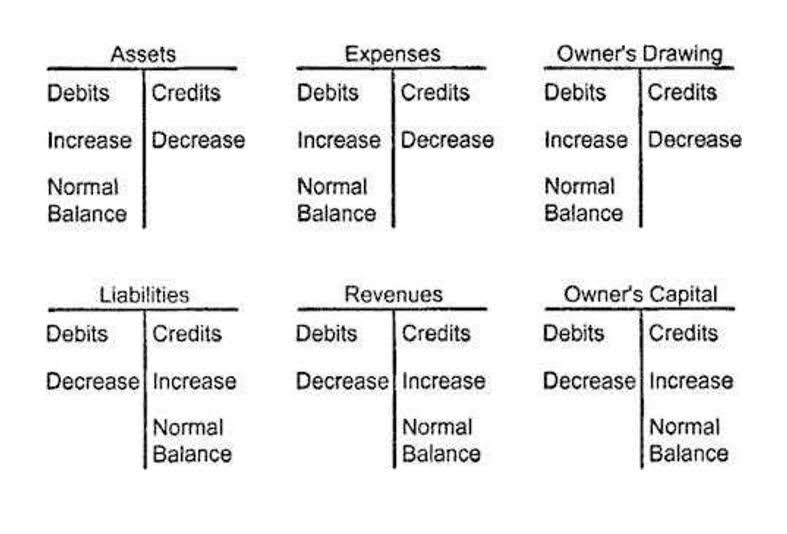
In these cases, it’s important to take into account the payment history and reputation of both the GC and the owner of the project. Evaluate your risk of non-payment on a case-by-case basis, and don’t hesitate to exercise your lien rights when needed. The best way to deal with retainage is to acknowledge how it affects your cash flow and plan proactively. This means implementing good accounting practices and having access to working capital that can float projects until they’re finished. Additionally, most states have specific restrictions on the amount of retainage that can be withheld, the duration of the withholding, and the types of projects it applies to. Retainage started in the 1840s to prevent construction laborers from not finishing or poorly finishing projects.

Consider contractor financing
In this guide, we’ll explain the basic rules of retainage and how to ensure you bring home 100% of what you’re owed. Staying on top of retainage is part of maintaining a financially healthy construction business. If the contract isn’t written according to law, it won’t stand up in court. Retainage laws vary from state to state and can sometimes conflict with federal legislation. Make sure you know the guidelines in your state that govern retainage in relation to liens, and don’t forget to take the necessary step of filing a preliminary notice to secure your lien rights. The Ascent has reviewed a number of top platforms that will help you with construction document management and keep you on top of all your agreements and contracts.

How Retainage Affects Subcontractors
- And there aren’t many commonalities between the states’ retainage laws.
- For instance, in Arkansas, owners must pay retainage to the contractor within 30 days.
- However, feedback from practitioners indicates that companies with share-based payment transactions are largely owned by private equity firms or are venture capital-backed start-ups.
- Under New Mexico’s rules, by contrast, withholding retainage is prohibited.
- This means that subs have to wait until a project is finished before making a dime of profit.
- Retention payment is a percentage of the total value of a contract between an owner and contractor or a contractor and subcontractor.
It may be a waste of finances for the owners to take advantage of the contractors by failing to pay them what they are owed with the project’s final invoice. However, it has played a significant role in boosting productivity and efficiency for the contractors’ and also serves as a suitable insurance policy for project’s owner. For example, a contract may stipulate subcontractors who complete their work early may receive their retainage payment when their contribution to the project achieves a designated benchmark. Typically, retainage is released when a project is considered substantially complete, meaning the property owner can take possession of the project or assume its use and occupation. Alternatively, the project may be released when it achieves another designated milestone stipulated in the construction contract.
- Retainage (or retention) is one of the biggest culprits of cash flow issues for construction companies—especially for subcontractors.
- It generally refers to a portion of consideration held back by the customer until project completion.
- Project owners needed to ensure quality work before shelling out more cash.
- As a result, many projects failed to meet expectations or weren’t finished at all.
- This reserve of cash can be used to help supplement cash shortages created by retainage.
- Liens are often used when retainage hasn’t been paid as stipulated in the contract, and they are used in addition to suing for breach of contract.
Retainage Is Withheld from Each Progressive Payment
All contractors and subcontractors should understand their lien rights. A lien’s main purpose is to grant a security interest in the property to those who have done the work. Filing a lien on a non-paying property will hinder the property owner’s ability to use the ownership of the property.
- When handled properly, retainage promotes financial safety, fairness, and sound project completion for clients and contractors.
- In brief, retainage safeguards client funds and ensures contractors are compensated for quality work.
- If the prime contract withholds 5% from the GC, the GC will often increase the withholding percentage for subcontractors.
- Some states cap retainage as 5% on public projects, whereas others use 10%.
- No one had ever tried such a project before; resulting in an unprecedented demand for labor.
Where subcontractors are involved, they tend to be the most affected. For accounting purposes, no payment can be done without retainage in construction the supporting documents. The invoice is the legal document indicating your claim of the payment initially withheld.
- For example, an owner and contractor might agree to retain 10% of the payments until the job reaches 50% completion, after which they will reduce the retainage on progress payments to 5%.
- This money is withheld until the substantial completion of the project.
- For this reason, you must keep retainage front of mind when budgeting.
- This is definitely to your delight as a constructor and can improve your cash flow but comes with extra pressure.
You Receive Retainage in Construction at the End of the Project, Usually

These documents give the client an assurance of a good job done and availability of support. You will also need to provide warranty documents showing the relevant guarantees you are providing to the client. Depending on the construction work you were doing, the punch list could include things like fixing leaking taps, unfinished paint jobs, faulty wiring detected in some rooms etc. Here are the steps you should take to collect your retainage fee soonest and with minimum challenges.